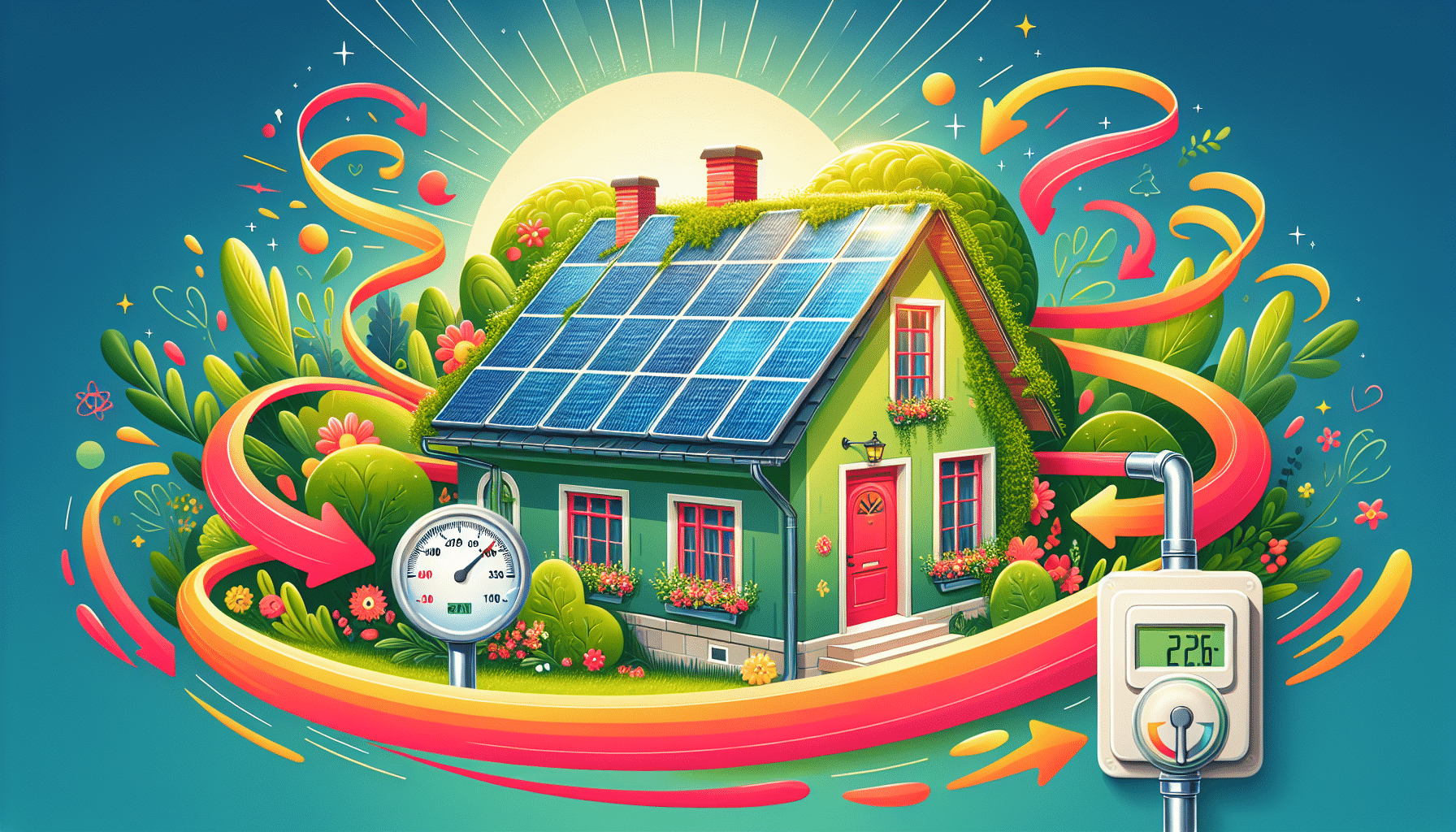Key Takeaways
- Solar panels reduce electricity reliance on utility companies, resulting in lower monthly electric bills through mechanisms like net metering, true-up statements, and fixed utility fees.
- Understanding factors that affect solar savings, such as system size, local electricity rates, and energy consumption, is crucial for maximizing cost reductions over the lifespan of solar installations.
- Homeowners can further enhance savings by investing in energy-efficient appliances, utilizing solar battery storage, and selecting optimal utility rate plans.
Understanding Your Electric Bill With Solar Panels
Solar panels significantly reduce your reliance on electricity from utility companies, directly impacting your monthly electric bills. Primarily using solar energy reduces the amount of electricity you need to purchase from the grid, resulting in substantial savings. Solar panel installations can lower your electric bills and give you control over your energy source and costs. Even with solar panels, you’ll continue to receive a monthly statement from your utility company. This is regardless of the energy savings generated by the solar panels.
The key concepts to understand about your electric bill with solar panels include net metering, true-up statements, and utility company fees. These elements influence how much you save and how your bill is calculated.
- Net metering is a program that credits you for the excess electricity your solar panels generate and send back to the grid, effectively reducing your future electric bills.
- True-up statements reconcile the annual difference between the energy you consume from the grid and the energy you send back, adjusting your final bill accordingly.
- Additionally, utility company fees are fixed charges that you will continue to incur, even with solar panels, for maintaining the power grid.
These factors are key to understanding how solar panels impact your electric bill. The size of your solar system, your electricity consumption, and the specific net metering policy in your area all play a role in determining the extent to which solar panels can reduce your electricity costs. With the right system size and efficient energy usage, it is possible to achieve a nearly zero or significantly reduced monthly electric bill.
Net Metering Explained
Net metering is a utility billing program that credits solar panel owners for the excess electricity they generate and send back to the grid. This means that when your solar panels produce more electricity than your home uses, the surplus energy is sent to the grid, and you receive credits for it.
These credits can be used to offset your future electric bills, effectively reducing your overall energy costs. The value of these credits can vary depending on your utility company’s specific net metering terms, but they are often credited at a retail rate, allowing you to maximize your savings.
Net metering is an excellent way to ensure you get the most out of your solar panels. Receiving credits for excess solar electricity can significantly lower your monthly electric bill and, in some cases, even result in a negative balance.
This system not only encourages the adoption of solar power but also provides a financial incentive for producing more electricity than you consume.
True-Up Statements
True-up statements are annual reconciliations provided by your utility company that compare the total energy you consumed from the grid with the total energy you sent back over the year. If you produced more energy than you used, you might receive compensation for the surplus during the true-up process. Conversely, if you used more energy from the grid than you sent back, you will be charged for the balance.
These statements help ensure that you are accurately billed for your net energy consumption and production over the year.
Utility Company Fees
After installing solar panels, you will still incur fixed charges from your utility company, regardless of your solar energy production. These standard utility fees include customer service and delivery fees, which are necessary to maintain the power grid. Non-bypassable charges, typically ranging from $15 to $20 per month, are fixed fees that cannot be offset by your solar savings. These fees are essential for supporting the infrastructure that delivers electricity to your home and ensuring the reliability of the grid.
Ask your utility company about which charges will continue to be billed after installing solar panels to fully understand your future electric bills. Knowing these details can help you better anticipate your monthly expenses and manage your energy budget effectively.
Calculating Savings With Solar Panels
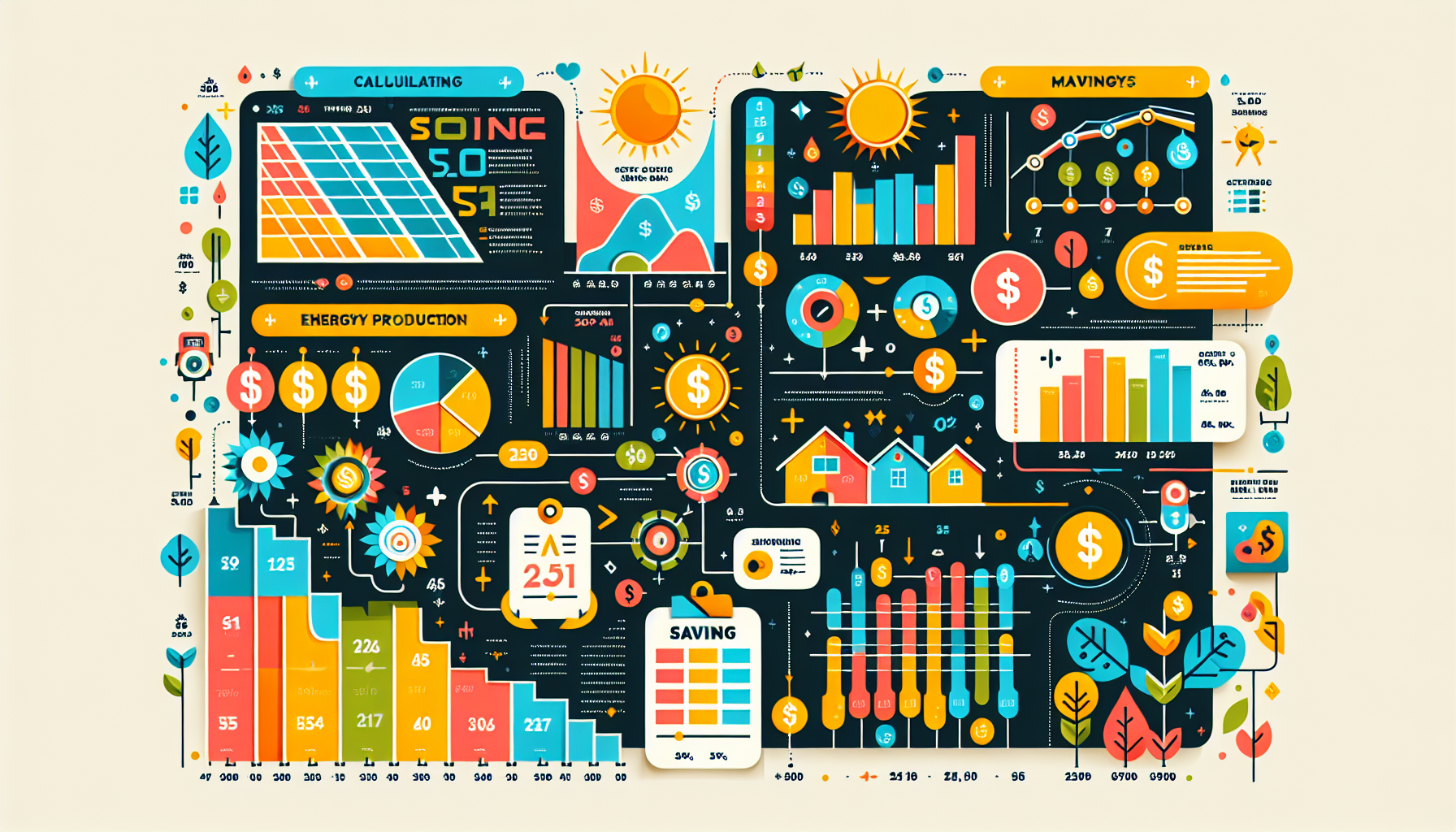
Several factors influence solar panel savings, including the system’s kWh production, your utility’s billing rate per kWh, and your overall energy usage. To estimate your utility cost savings, multiply the system’s annual kWh production by your utility’s billing rate. This will give you an idea of your monthly savings, which can be multiplied by 12 to determine annual savings. Over the lifetime of the solar panel system, typically 25 to 30 years, these savings can add up to a substantial amount.
Other factors influencing your savings include your location, the size of your solar panel system, and the efficiency of your panels. Understanding and optimizing these factors can maximize your solar savings and reduce reliance on grid electricity.
Estimating Solar Offset
Solar offset measures the production of your solar panels compared to your home’s electricity usage. A higher percentage of energy consumed from solar power leads to a lower monthly electric bill. If your solar panels produce enough electricity to cover 100% of your consumption, you’ll see a significant reduction in your monthly electric bills. Higher electricity rates also result in greater savings from solar energy, making it crucial to understand your local electricity pricing.
In specific regions like California under NEM 3.0, a solar system sized for 100% of your electricity consumption typically only provides a 50% bill offset. This discrepancy highlights the importance of accurately sizing your solar system and understanding how much electricity local net metering policies to achieve the best financial outcomes.
Impact of Local Weather Conditions
Local weather conditions play a significant role in the performance of your solar panels. Cloudy weather can drastically reduce the electricity output of your solar panels, affecting your overall savings. The location of your solar panels is also crucial; regions with more sunlight, such as Arizona, will yield higher energy outputs compared to areas with less sunlight like Utah.
During months with abundant sunshine, your solar panels will produce more energy, potentially resulting in excess electricity being sent back to the grid. Conversely, during winter months when solar panels generate less electricity, net metering credits can help offset higher utility costs, ensuring that your savings remain consistent throughout the year.
System Size and Efficiency
The size and efficiency of your solar panel system are critical in determining the amount of savings you can achieve. Larger systems provide more savings as they can produce more electricity, potentially eliminating your monthly bills. The quality and efficiency of your solar panels also play a pivotal role in maximizing energy production and, consequently, your savings.
Investing in high-quality, efficient solar panels and ensuring your system is appropriately sized for your energy needs can optimize your solar savings and achieve greater energy independence.
Common Reasons for Remaining Electric Bills
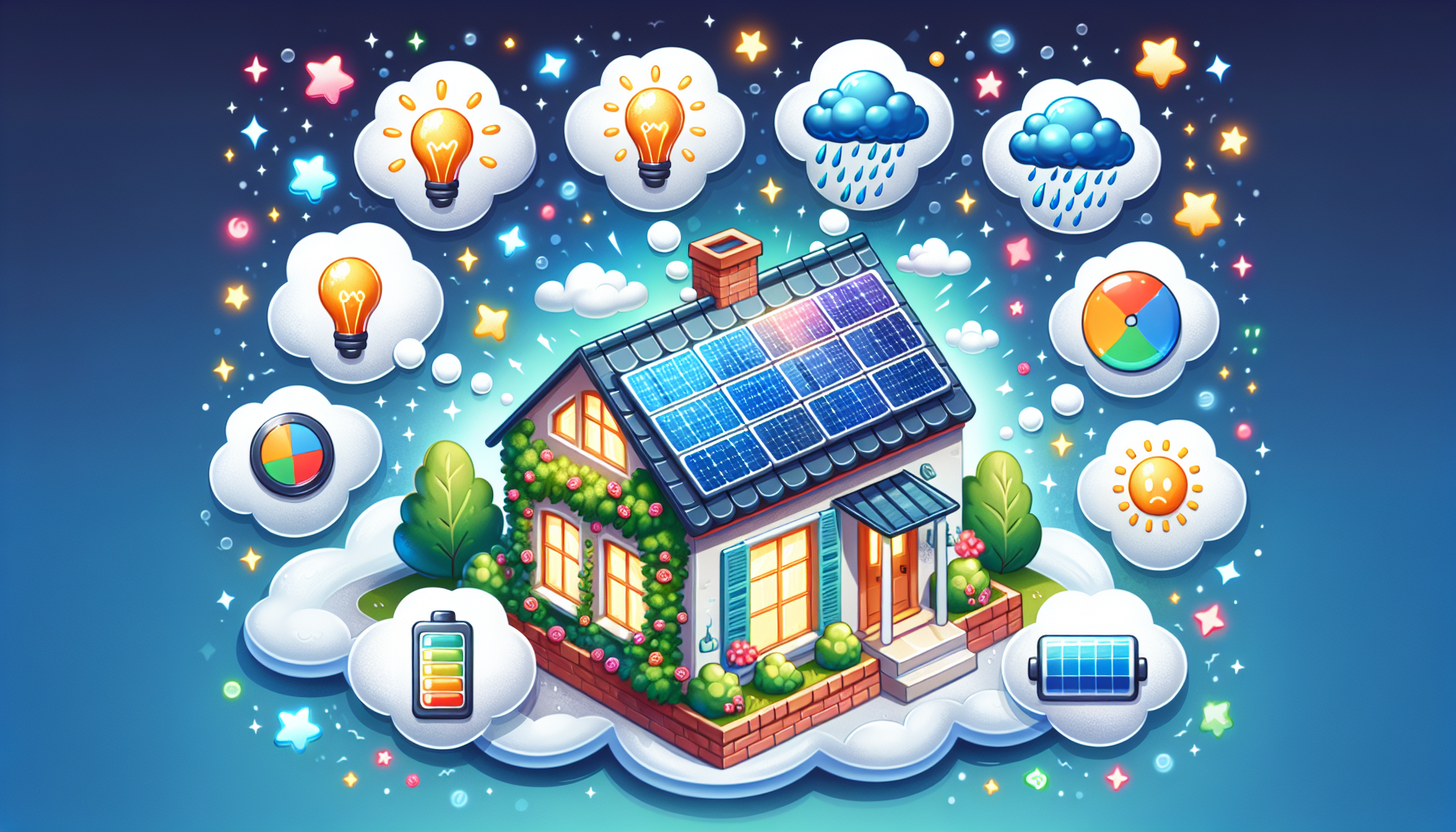
Despite installing solar panels, many homeowners still receive electric bills due to various factors. Understanding these factors can help you manage your expectations and make necessary adjustments to minimize your bills. Common reasons for remaining electric bills include reliance on grid power during nighttime or cloudy days, lack of solar battery storage, and the absence of net metering.
Adjusting your energy usage habits and ensuring that your solar system is appropriately sized can help reduce your reliance on grid power and lower your electric bills. Additionally, investing in solar battery storage and understanding local net metering policies can further enhance your savings and energy independence.
Nighttime and Cloudy Days
Solar panels rely on sunlight to produce energy, which means their output is diminished during nighttime and cloudy days. As a result, homeowners often depend on electricity from the grid during these periods, leading to continued utility bills. Being aware of this limitation helps manage your expectations and plan for periods of lower solar energy production.
Awareness of these periods and adjusting your energy consumption habits can help manage reliance on grid power and reduce electric bills.
Lack of Solar Battery Storage
Solar batteries store excess energy generated during peak sunlight hours, making it available for use during nighttime or cloudy days. Without solar battery storage, homeowners must draw electricity from the grid during times when solar generation is insufficient, leading to higher electric bills.
Having solar batteries can help reduce reliance on the grid and maximize the use of renewable energy. This can be particularly beneficial during peak pricing periods, ultimately decreasing your monthly electric bills.
Absence of Net Metering
Net metering allows homeowners to receive credits for the excess solar energy sent back to the grid, reducing future electric bills. Without net metering, homeowners miss out on these credits, which can lead to higher utility bills.
Utility service charges can still apply to your bills even after installing solar panels, further emphasizing the importance of net metering in maximizing your solar savings.
Enhancing Solar Savings
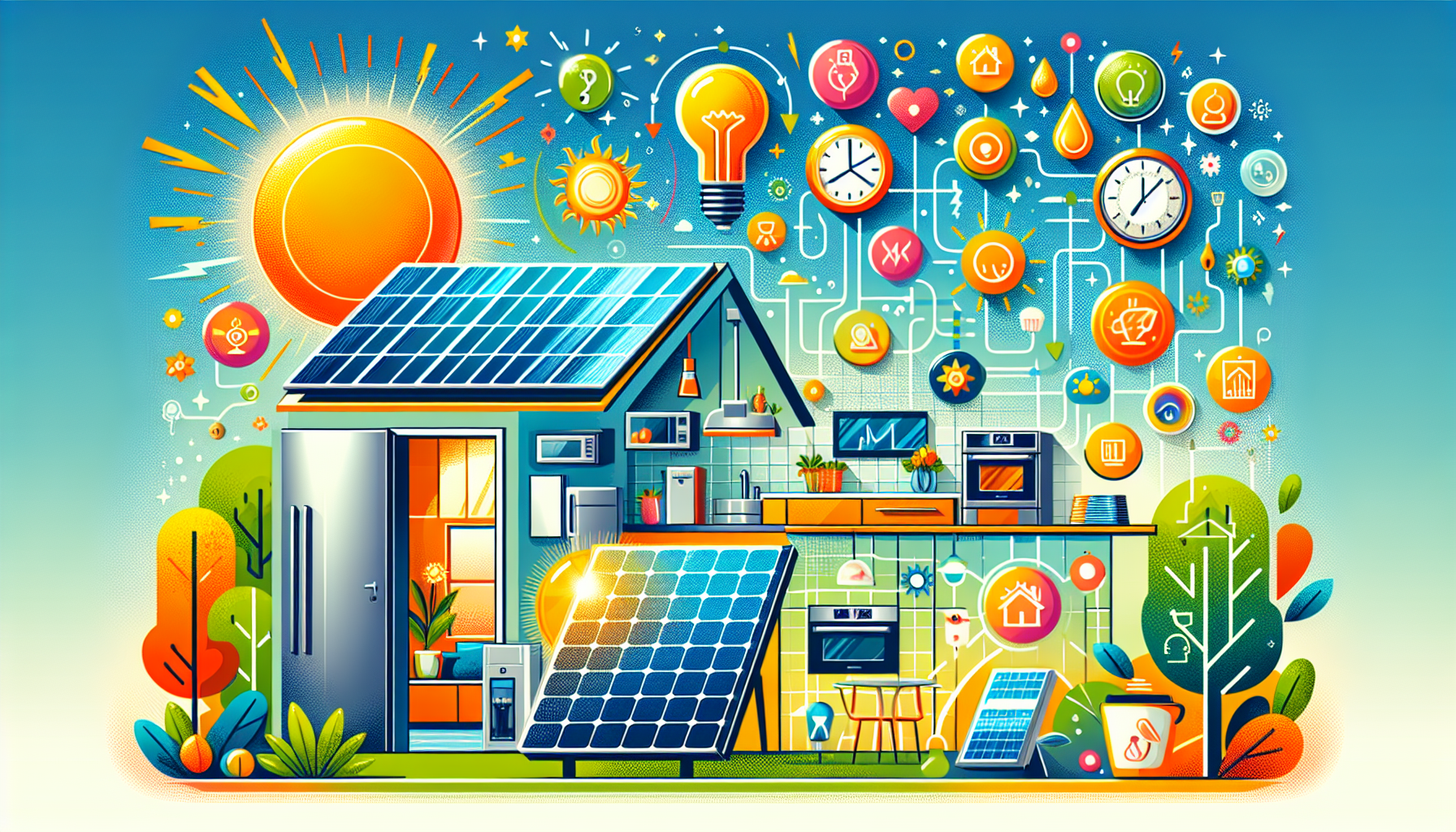
Enhancing your solar savings involves several strategies, from reducing energy usage to choosing the right utility rate plan. Implementing these strategies can maximize the benefits of your solar panel system and lead to greater financial savings.
Making energy-efficient upgrades, investing in solar battery storage, and selecting an optimal utility rate plan are all effective ways to enhance your solar savings. These methods not only reduce your reliance on grid power but also help you make the most of the energy your solar panels generate.
Reducing Energy Usage
Reducing energy usage is essential to maximizing solar savings, as it allows the electricity generated by your solar panels to cover a greater percentage of your total energy consumption. Replacing traditional appliances with Energy Star models and adjusting your water heater temperature are effective ways to decrease electricity consumption.
By implementing these changes, households can significantly lower their overall electricity consumption, leading to greater benefits from their solar energy systems.
Installing Solar Battery Storage
Installing solar battery storage can significantly enhance your solar savings by storing excess energy generated during sunny periods. This stored energy can then be used during nighttime or cloudy days, reducing your reliance on the grid. Additionally, battery storage improves reliability by providing energy during outages or low sunlight conditions.
Investing in solar battery storage ensures that you can maximize the use of the renewable energy your solar panels produce, ultimately resulting in lower electric bills and greater energy independence.
Choosing the Right Utility Rate Plan
Choosing the right utility rate plan is crucial for maximizing your solar savings. Different rate plans, such as fixed rates, variable rates, and time-of-use (TOU) rates, can have varying impacts on your electricity costs. Fixed rates mean you pay a constant amount per kilowatt-hour regardless of when you use electricity, while variable rates fluctuate based on supply and demand. TOU rates, on the other hand, vary depending on the time of day and season, reflecting the utility’s cost to generate or purchase power.
For solar customers, TOU rate plans can be particularly beneficial as they align energy costs with solar generation patterns. By using electricity during off-peak times when rates are lower, you can further reduce your electricity bills.
Additionally, tiered rate plans apply lower rates up to a certain usage threshold and charge higher rates for increased usage, encouraging lower electricity consumption. Opting for a TOU plan can help you better manage your energy usage and maximize your solar savings.
Financing Options for Solar Panel Systems
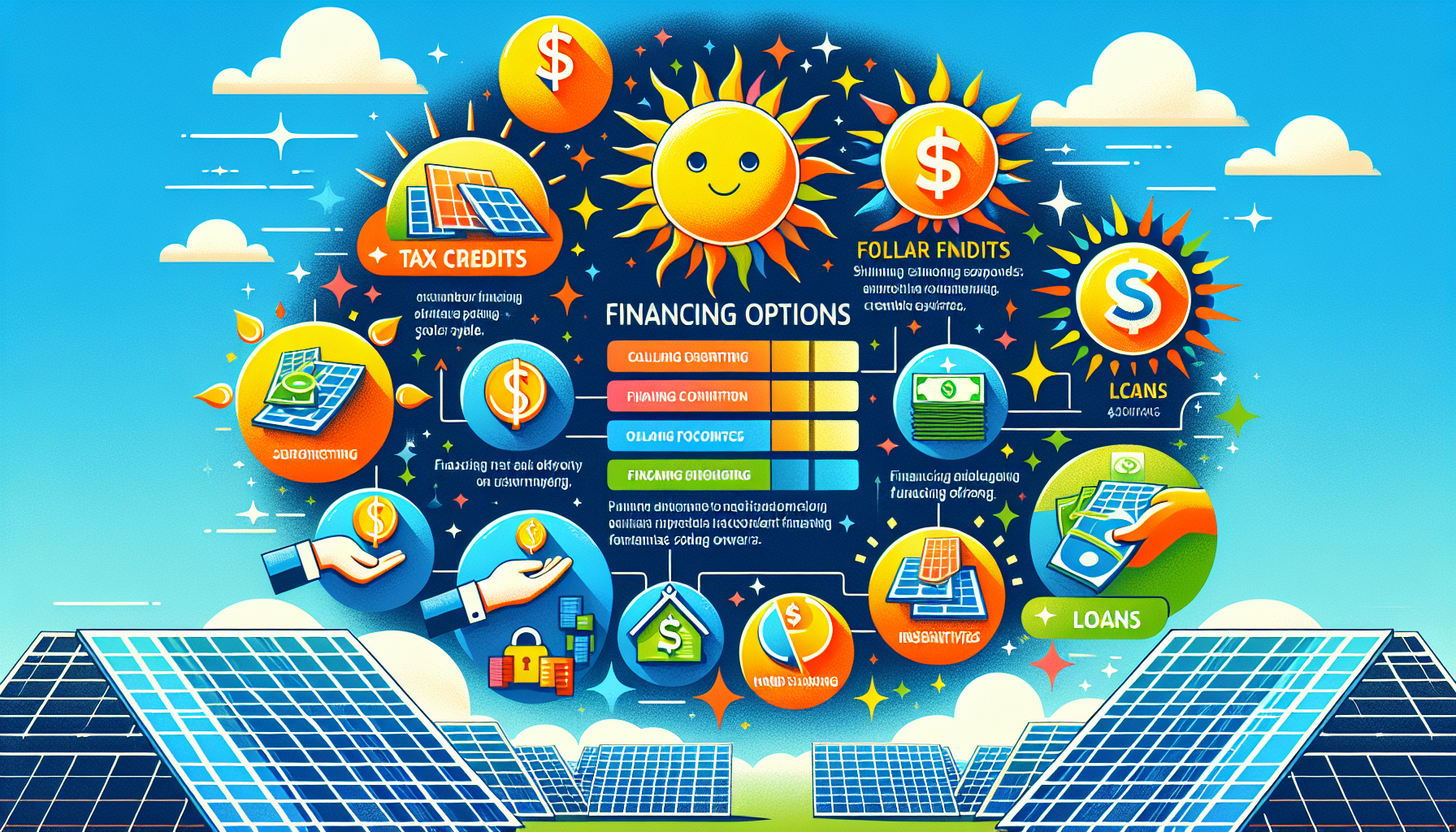
When it comes to financing your solar panel system, several options are available to suit different financial situations. Solar loans, home equity loans, and home equity lines of credit (HELOCs) are popular choices. Solar loans often do not require a down payment, making solar panel installation more financially accessible. Many homeowners find that they can pay off their solar loans in less than 10 years, even if the loan term is longer.
Home equity loans and HELOCs offer additional financing options. Home equity loans provide a lump-sum payment with fixed interest rates, while HELOCs offer a credit line that can be drawn upon as needed, typically with variable interest rates. These financing solutions can help you manage the upfront costs of installing solar panels and start enjoying the benefits of solar energy without significant financial strain.
Solar Loans
Solar loans are a common financing option for homeowners looking to install solar panels. These loans typically have terms ranging from 10 to 25 years, giving homeowners flexibility in repayment duration. Interest rates for solar loans can vary widely, ranging from 6% to 36%, allowing potential borrowers to evaluate their financial options and choose a loan that best fits their needs.
One of the main advantages of solar loans is that they do not require collateral, making them more accessible to a broader range of homeowners. Spreading the cost of solar panel installation over several years, solar loans make it easier to manage the upfront investment and start benefiting from solar energy savings immediately.
Home Equity Loans and HELOCs
Home equity loans and HELOCs are financing options that allow homeowners to borrow against the equity in their homes. Home equity loans typically involve a lump-sum payment with a fixed interest rate and terms ranging from 5 to 30 years. This option provides predictable monthly payments, making it easier to budget for the cost of solar panel installation.
HELOCs offer a more flexible financing option, providing a credit line that can be drawn upon as needed. HELOCs generally have variable interest rates and allow borrowing for a period of 10 years, after which repayment of principal and interest must commence.
Both home equity loans and HELOCs offer homeowners the ability to finance their solar panel systems with favorable terms and rates.
Incentives and Tax Credits
In addition to financing options, various incentives and tax credits are available to help offset the cost of solar panel installations. The federal tax credit for solar installations is currently set at 30%, providing a significant reduction in the overall cost of your solar energy system. This credit will decrease to 26% in 2033, so it’s beneficial to take advantage of this incentive while it lasts.
State and local incentives may also be available, further reducing the cost of installing solar panels. These incentives can vary widely depending on your location, so it’s important to research and understand the options available to you.
By taking advantage of these incentives and tax credits, you can make solar panel installation more affordable and start enjoying the financial benefits of solar energy sooner.
Summary
Understanding how solar panels work with your electric bill is crucial for maximizing your savings and achieving energy independence. By leveraging net metering, true-up statements, and managing utility company fees, homeowners can significantly reduce their reliance on grid electricity and lower their monthly electric bills. Calculating savings from solar panels involves considering factors such as system size, local weather conditions, and overall energy efficiency.
Despite some common reasons for remaining electric bills, such as nighttime and cloudy days, lack of solar battery storage, and absence of net metering, there are effective strategies to enhance your solar savings. These include reducing energy usage, installing solar battery storage, and choosing the right utility rate plan. Additionally, exploring various financing options and taking advantage of incentives and tax credits can make solar panel installation more accessible and financially rewarding.
Incorporating solar energy into your home not only benefits your wallet but also contributes to a more sustainable future. For those ready to take the next step, Sun Source Energy offers comprehensive services to help you transition to solar power seamlessly.
Contact us today to learn more about how we can assist you in harnessing the power of the sun for a brighter, more energy-efficient tomorrow.
Frequently Asked Questions
What is net metering, and how does it affect my electric bill?
Net metering is a utility billing program that credits you for excess electricity generated by your solar panels, which is sent back to the grid. This credit can effectively lower your future electric bills, leading to significant savings on your overall energy costs.
Why do I still receive an electric bill after installing solar panels?
You may still receive an electric bill after installing solar panels because you rely on grid power when solar energy is insufficient, such as at night or during cloudy days, and you may incur fixed utility fees. Additionally, lacking solar battery storage or net metering can contribute to this ongoing cost.
How can I maximize my solar savings?
To maximize your solar savings, focus on reducing your energy consumption, installing solar battery storage, and selecting an optimal utility rate plan. These approaches enhance your solar panel efficiency and decrease dependence on grid electricity.
What financing options are available for solar panel systems?
Financing options for solar panel systems include solar loans, home equity loans, and home equity lines of credit (HELOCs), offering flexible terms and interest rates tailored to various financial circumstances. Choosing the appropriate financing can make solar energy more accessible and manageable.
Are there any incentives or tax credits available for solar panel installations?
Yes, the federal tax credit for solar panel installations is currently set at 30%, and there are additional state and local incentives that can further reduce your overall costs. It is advisable to explore these options to maximize your savings.


